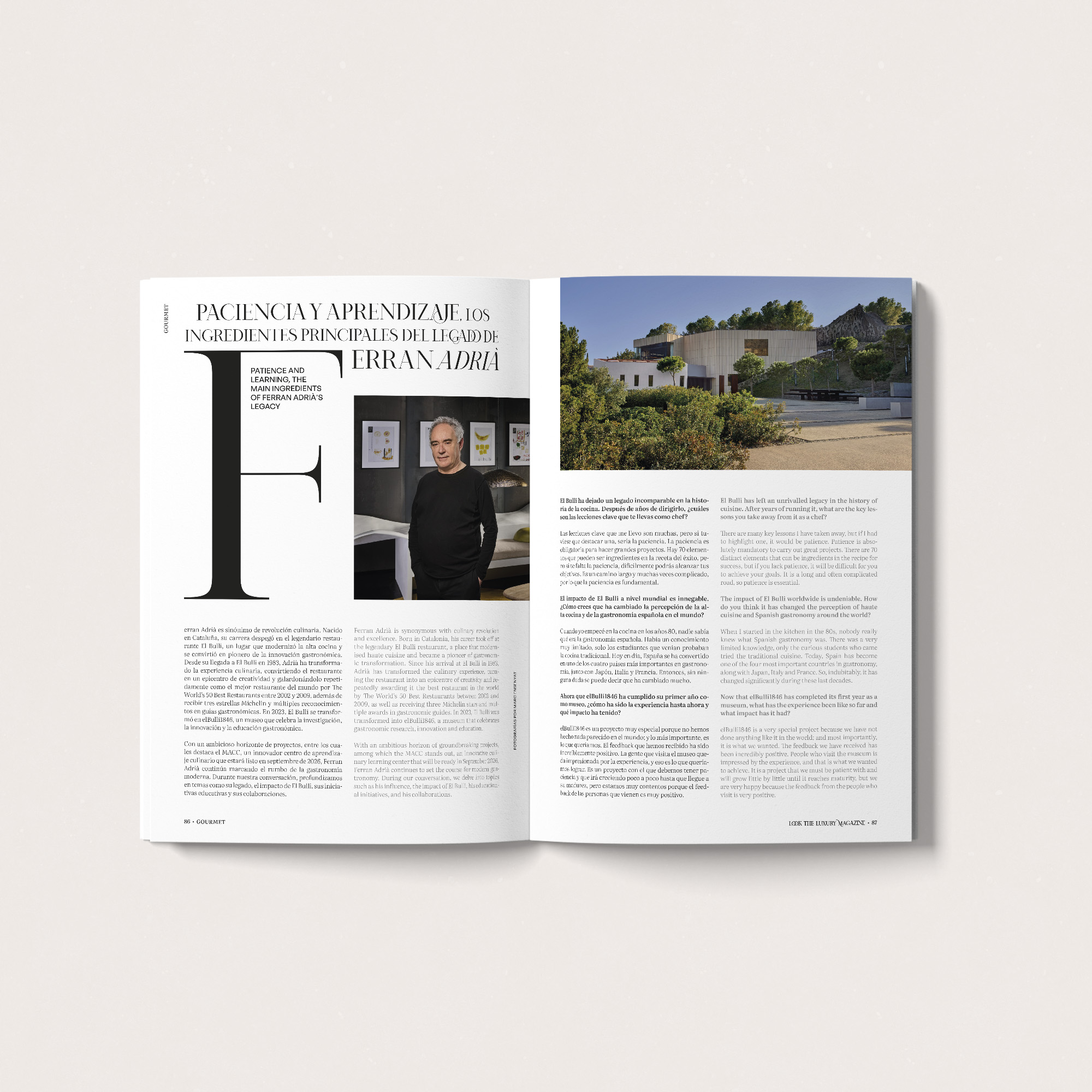This watch is the long-awaited successor to the Big Pilot’s Watch Edition “Markus Bühler” of 2008. This time, the characteristic aircraft turbine is integrated into a flying minute tourbillon at 6 o’clock, which has been quite a challenge in terms of design and manufacture. .This new interpretation of the “Markus Bühler” watch, in a limited edition of 51 pieces, impresses with a polished platinum case, a shiny black dial and a black Cordovan leather strap. The IWC-manufactured caliber 82905 with black-coated components is visible through its sapphire crystal case back.
Probably no other watch in the IWC Schaffhausen Pilot’s Watches collection has achieved such cult status among collectors as the Big Pilot’s Watch Edition “Markus Bühler” from 2008. It was inspired by a unique piece that Markus Bühler had created for a competition in his final year as an apprentice watchmaker at IWC. Its most striking visual feature was the airplane turbine on the small seconds hand.
IWC presents a new and exclusive interpretation 15 years later. Like its predecessor, the Markus Bühler Grand Pilot’s Watch 43 Tourbillon features a small turbine on the dial. However, the characteristic jet engine has this time been integrated into a flying minute tourbillon at 6 o’clock.

“When I created my Grand Turbine Pilot’s Watch in my time as an apprentice watchmaker, I would never have imagined that I would be leading the development of a second edition 15 years later, let alone that I would be responsible for all of IWC’s assembly processes. To meet the high expectations of our collectors, we decided to create something truly exclusive and integrate the iconic turbine into a tourbillon. This new edition perfectly embodies IWC’s engineering spirit while featuring the highest levels of detail and craftsmanship,” explains Markus Bühler, Deputy Director of Watch and Movement Assembly at IWC Schaffhausen.
SMALL TURBINE, A BIG CHALLENGE
In a tourbillon, the balance wheel and escapement are housed in a small cage that rotates around its axis once a minute. The greater their mass and inertia, the more energy is needed to keep the mechanism in motion. Reducing weight is therefore the primary objective in the manufacture of a tourbillon. For this reason, the turbine has been machined from a light titanium alloy. Due to the complexity of the geometry and the small dimensions, the milling process alone requires several hours of work. After machining, each of the twelve tiny blades is hand-polished and finished to an extremely high level of detail and aesthetic perfection. To prevent the turbine from adding additional weight to the mechanism, Bühler has used it as the upper part of the tourbillon cage, replacing the regulator. Thus, the focal point of the dial also has a technical function: the balance spring is attached to the underside of one of its blades, and the watchmaker can adjust the zero crossing of the balance by turning the turbine. The state-of-the-art tourbillon is made up of 56 parts and weighs only 0.663 grams. The pallet lever and escape wheel are treated with Diamond Shell® technology, a special coating that reduces friction and improves the flow of energy in the movement.

CASE IN PLATINUM PRECIOUS METAL WITH A HIGHLY DETAILED FINISH
The 43-millimeter case and crown are created in platinum. Platinum is one of the rarest, purest and most precious metals used in watchmaking and jewelry. The case has been meticulously hand-finished and features polished surfaces around the bezel and lugs. Thanks to this finish, the beauty of the platinum’s off-white luster is enhanced, giving the watch a refined and sophisticated look. The glossy black lacquered dial features white stamped numerals and applied indexes filled with Super-LumiNova®. A black Cordovan leather strap with Markus Bühler’s signature printed on the inside complements the design. The heart of this Grand Pilot’s Watch 43 is IWC’s in-house manufactured caliber 82905. The Pellaton winding system is reinforced with ceramic components and offers a power reserve of 80 hours on the mainspring. The plates, bridges and rotor, visible through the sapphire caseback, were blackened with a PVD coating, then laser engraved and, finally, the engraved areas were plated with rhodium.











